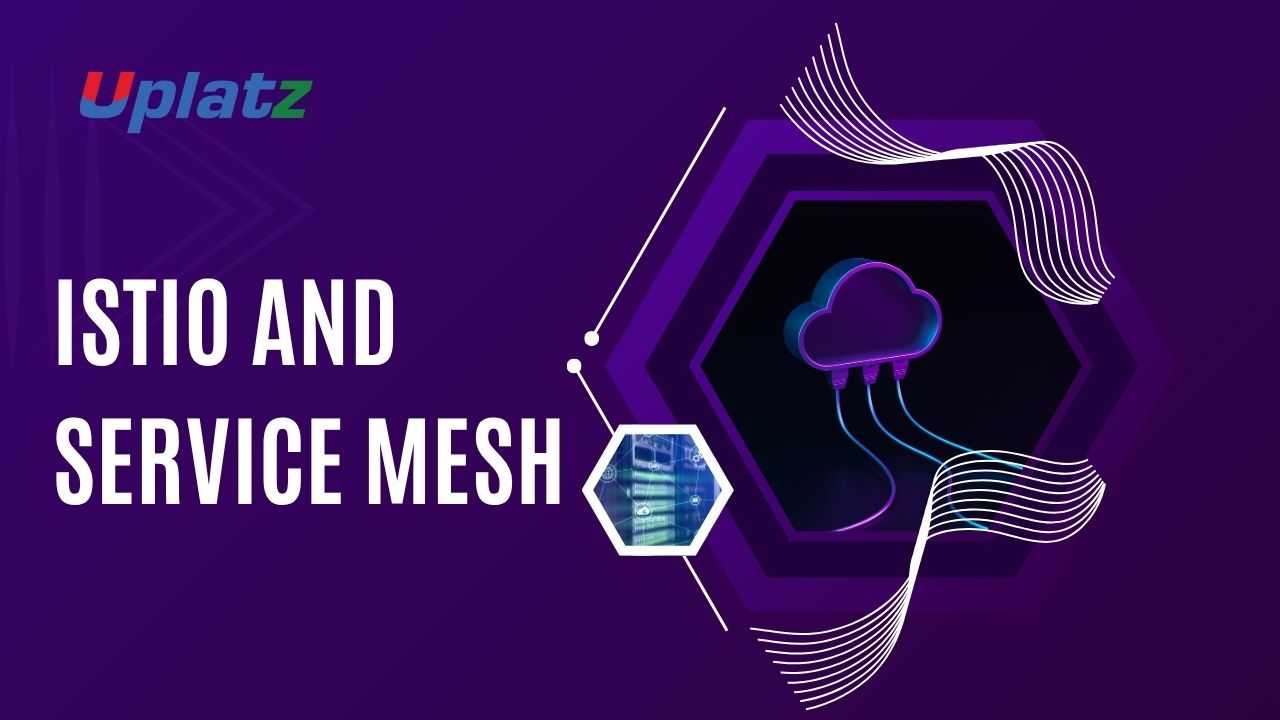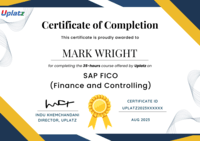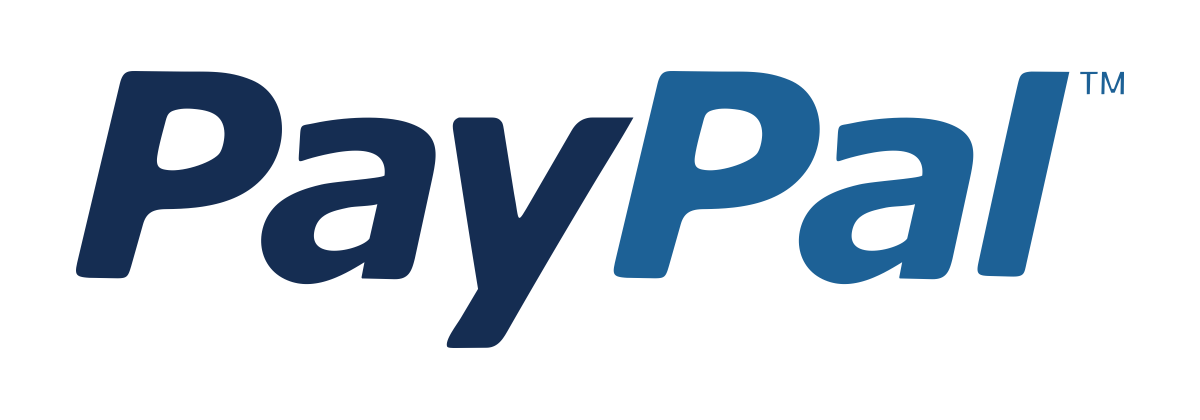Pulumi
Master Pulumi for modern infrastructure as code (IaC) using familiar programming languages across cloud and container platforms.Preview Pulumi course
Price Match Guarantee Full Lifetime Access Access on any Device Technical Support Secure Checkout Course Completion Certificate 92% Started a new career
BUY THIS COURSE (
92% Started a new career
BUY THIS COURSE (GBP 12 GBP 29 )-
 82% Got a pay increase and promotion
82% Got a pay increase and promotion
Students also bought -
-

- Istio and Service Mesh
- 10 Hours
- GBP 12
- 10 Learners
-

- Cloud Security Architecture: Building Secure AWS & Azure Landing Zones
- 10 Hours
- GBP 12
- 10 Learners
-

- Career Accelerator - Head of Artificial Intelligence
- 200 Hours
- GBP 32
- 84 Learners

Pulumi: Infrastructure as Code with Modern Programming Languages is an advanced, hands-on course designed for DevOps engineers, cloud architects, and software developers who want to automate cloud infrastructure with the power of real programming languages.
In the era of cloud-native and multi-cloud systems, Pulumi has emerged as a next-generation Infrastructure as Code (IaC) platform — combining the flexibility of general-purpose programming with the scalability and automation of modern DevOps workflows. This course gives you the skills to define, provision, and manage infrastructure programmatically across AWS, Azure, Google Cloud, Kubernetes, and hybrid environments.
Through a blend of theory, guided labs, and real-world projects, you’ll learn how Pulumi unifies developers and operations teams under a single workflow — enabling faster, more reliable, and maintainable cloud deployments.
🔍 What is Pulumi?
Pulumi is an open-source Infrastructure as Code (IaC) tool that lets you express cloud infrastructure using general-purpose programming languages such as Python, TypeScript, JavaScript, Go, and C# — instead of domain-specific languages like HCL (used in Terraform).
It allows teams to define cloud resources — such as compute, storage, networking, or Kubernetes clusters — through code that can be version-controlled, tested, and reused like any other software.
With Pulumi, you can:
-
Define infrastructure declaratively and programmatically.
-
Use familiar constructs like loops, conditionals, functions, and classes.
-
Manage infrastructure state via Pulumi Service or self-hosted backends.
-
Integrate directly into CI/CD pipelines for continuous delivery.
By merging infrastructure and application logic into one codebase, Pulumi bridges the gap between Dev and Ops, empowering teams to move faster while maintaining control, security, and repeatability.
⚙️ How Does Pulumi Work?
Pulumi’s architecture revolves around a few core components:
-
Language SDKs: Provide APIs for defining cloud resources in your preferred language.
-
Pulumi CLI: Translates your code into deployment instructions and applies them to the cloud provider.
-
State Management: Maintains infrastructure state in the Pulumi Cloud or self-managed backends.
-
Stacks: Represent separate environments (e.g., dev, staging, production) for isolated deployments.
-
Providers: Integrate Pulumi with cloud services like AWS, Azure, GCP, and Kubernetes.
Here’s how it works:
-
You write a Pulumi program describing your desired infrastructure.
-
The Pulumi CLI interprets it and generates an execution plan.
-
The plan is then applied to your cloud provider using the provider’s native APIs.
-
The state of your resources is recorded for versioning, auditing, and rollback.
This approach enables fine-grained control, dynamic configurations, and idempotent deployments — ensuring consistency across all environments.
🏭 How Pulumi is Used in the Industry
Pulumi has become the tool of choice for enterprises, startups, and DevOps teams adopting cloud-native architectures. It is widely used for automating cloud provisioning, managing Kubernetes clusters, and orchestrating hybrid deployments.
Industry applications include:
-
Infrastructure Automation: Provisioning cloud infrastructure across AWS, Azure, and GCP.
-
Kubernetes Management: Deploying microservices, ingress controllers, and Helm charts using code.
-
Multi-Cloud Strategies: Managing resources across providers with a single programming model.
-
CI/CD Integration: Embedding infrastructure provisioning directly into GitHub Actions, GitLab, or Jenkins pipelines.
-
Policy as Code: Enforcing governance and compliance using Pulumi’s Policy Packs.
Organizations such as Mercedes-Benz, Snowflake, Figma, and Atlassian use Pulumi to streamline infrastructure deployment while maintaining consistency and developer agility.
🌟 Benefits of Learning Pulumi
Learning Pulumi equips you with the most modern approach to cloud automation — merging software engineering principles with infrastructure management. Key benefits include:
-
Code-Driven Infrastructure: Use programming languages you already know for IaC.
-
Multi-Cloud Support: Write one codebase for AWS, Azure, GCP, and Kubernetes.
-
Faster Development Cycles: Combine app and infra development into unified workflows.
-
Policy and Governance: Define organizational rules as reusable code.
-
Seamless Integration: Works with existing DevOps stacks, CI/CD tools, and version control systems.
-
High Career Value: Pulumi expertise is increasingly sought after in DevOps and cloud roles.
Unlike traditional IaC tools that rely on configuration syntax, Pulumi allows developers to leverage real code logic, resulting in more flexible, testable, and scalable automation pipelines.
📘 About This Course
This project-based Pulumi course blends conceptual understanding with hands-on implementation. You’ll start from foundational IaC principles and progress toward advanced, production-ready deployments.
You’ll Learn How To:
-
Understand Infrastructure as Code fundamentals and Pulumi’s role in modern DevOps.
-
Install and configure the Pulumi CLI and language SDKs (Python, TypeScript, Go, C#).
-
Connect Pulumi with major cloud providers — AWS, Azure, GCP, and Kubernetes.
-
Write Pulumi programs to provision compute, networking, storage, and container resources.
-
Implement state management and version-controlled deployments.
-
Integrate Pulumi into CI/CD pipelines using GitHub Actions, GitLab CI, and Jenkins.
-
Apply multi-cloud and hybrid infrastructure patterns.
-
Manage secrets and policies for compliance and security.
Each topic is covered through guided labs, code walkthroughs, and real-world case studies to ensure practical, job-ready mastery.
🧩 Real-World Projects You’ll Build
Throughout the course, you’ll apply your learning in practical projects such as:
-
Deploying an AWS S3-backed static website using TypeScript and Pulumi.
-
Provisioning a Kubernetes cluster with load balancers and namespaces.
-
Creating a multi-environment deployment pipeline in GitHub Actions.
-
Managing secrets and environment variables using Pulumi’s configuration system.
-
Implementing a hybrid deployment across AWS and Azure.
These projects will help you build a portfolio of IaC solutions that demonstrate real DevOps expertise.
👩💻 Who Should Take This Course
This course is ideal for:
-
DevOps Engineers looking to replace manual provisioning with code-based automation.
-
Cloud Architects designing scalable and reusable multi-cloud infrastructure.
-
Software Developers seeking to unify application and infrastructure codebases.
-
System Administrators transitioning to Infrastructure as Code workflows.
-
Students and Cloud Learners aiming to master modern automation frameworks.
Whether you’re new to IaC or already experienced with tools like Terraform or Ansible, Pulumi will elevate your skillset by introducing a developer-friendly, code-centric approach to infrastructure automation.
🧭 Course Format and Learning Experience
This self-paced course follows a clear and logical progression, allowing you to learn efficiently at your own schedule. Each module includes:
-
HD video lessons with step-by-step demos.
-
Downloadable Pulumi scripts and templates.
-
Interactive coding exercises and challenges.
-
Quizzes and checkpoints for skill assessment.
-
Mini-projects and lab sessions for applied learning.
You’ll also receive lifetime access to course materials and future updates, ensuring you stay current as Pulumi and IaC evolve.
🌐 Why Choose This Course
-
Comprehensive and Practical: Covers everything from setup to enterprise-level IaC.
-
Multi-Cloud Coverage: Learn how to manage AWS, Azure, and GCP through one framework.
-
Real Projects: Gain experience building production-grade deployments.
-
Career-Focused: Learn skills directly applicable to modern DevOps roles.
-
Vendor-Neutral Expertise: Build portable skills adaptable to any environment.
By mastering Pulumi, you’ll be ready to implement automated, scalable, and compliant cloud infrastructure — using the same programming languages you already love.
🚀 Final Takeaway
The future of DevOps lies in Infrastructure as Code, and Pulumi represents the next evolution — where infrastructure becomes software.
This course empowers you to design, automate, and manage cloud infrastructure programmatically, eliminating configuration complexity and enabling true development agility.
By the end, you’ll be fully equipped to integrate Pulumi into real-world workflows, bridge the gap between development and operations, and lead the transition toward intelligent, scalable, and code-driven cloud environments.
Course/Topic 1 - Coming Soon
-
The videos for this course are being recorded freshly and should be available in a few days. Please contact info@uplatz.com to know the exact date of the release of this course.
-
Understand Pulumi’s architecture and IaC principles.
-
Install and configure Pulumi CLI and SDKs.
-
Write infrastructure code using Python, TypeScript, Go, or C#.
-
Manage cloud resources across AWS, Azure, and GCP.
-
Automate Kubernetes deployments with Pulumi.
-
Handle secrets securely using Pulumi’s built-in secrets management.
-
Implement Policy as Code to enforce compliance.
-
Integrate Pulumi into CI/CD pipelines for automated deployments.
-
Manage Pulumi state in the Pulumi Service or self-hosted backends.
-
Design scalable multi-cloud infrastructure using Pulumi.
- What is IaC and why use it?
- IaC tools comparison: Pulumi vs. Terraform vs. CloudFormation.
- Pulumi architecture and workflow.
- Understanding stacks, projects, and state management.
- Installing Pulumi CLI and SDKs.
- Configuring cloud provider credentials (AWS, Azure, GCP).
- Using TypeScript, Python, Go, and C#.
- Resource creation and dependency management.
- Working with multiple stacks (dev, staging, prod).
- Using the Pulumi Service and self-hosted backends.
- Provisioning EC2, S3, VPC (AWS).
- Deploying resources on Azure and Google Cloud.
- Deploying containers and Helm charts.
- Managing cluster resources and namespaces.
- Using pulumi config for environment variables.
- Pulumi secrets encryption and secure storage.
- Writing policies to enforce compliance.
- Restricting resources (e.g., disallowing public S3 buckets).
- Automating Pulumi deployments with GitHub Actions and Jenkins.
- Infrastructure testing and preview pipelines.
- Component resources and reusable modules.
- Multi-cloud and hybrid-cloud deployments.
- Build a multi-tier web app with Pulumi (VPC, EC2, RDS).
- Kubernetes microservices deployment with Pulumi.
- Policy-driven compliance automation.
- Debugging deployments and handling rollbacks.
- Organizing Pulumi code for teams.
-
Common Pulumi scenarios and industry use cases.
Upon completion, you will earn a Certificate of Completion in Pulumi Infrastructure as Code from Uplatz. This certification validates your ability to design, automate, and manage cloud infrastructure using Pulumi and programming languages. It demonstrates proficiency in cross-cloud IaC, CI/CD integration, and modern DevOps workflows—skills essential for cloud automation engineers, DevOps professionals, and platform teams building cloud-native infrastructure
- DevOps Engineer (IaC)
- Cloud Infrastructure Engineer
- Platform Engineer
- Site Reliability Engineer (SRE)
- Cloud Automation Developer
- What is Pulumi and how is it different from Terraform?
Pulumi uses real programming languages for IaC, enabling loops, conditionals, and functions, while Terraform uses HCL (declarative DSL). - What languages does Pulumi support?
Pulumi supports TypeScript, Python, Go, C#, and YAML for infrastructure definition. - What is a Pulumi stack?
A stack is an isolated instance of a Pulumi project (e.g., dev, staging, prod) with its own configuration and state. - How does Pulumi handle state management?
Pulumi stores state in the Pulumi Service by default or in self-hosted backends (S3, Azure Blob, GCP). - What is Pulumi CrossGuard?
CrossGuard is Pulumi’s Policy as Code feature, allowing developers to enforce compliance rules during deployments. - How do you secure secrets in Pulumi?
Pulumi encrypts secrets automatically and integrates with providers like AWS KMS, Azure Key Vault, and GCP KMS. - How does Pulumi integrate with Kubernetes?
Pulumi manages Kubernetes resources declaratively and supports Helm charts, CRDs, and native Kubernetes objects. - How do you automate Pulumi deployments?
By integrating Pulumi with CI/CD tools such as Jenkins, GitHub Actions, and GitLab CI for continuous delivery. - What are Pulumi component resources?
Component resources allow grouping multiple resources into reusable infrastructure modules. - When would you choose Pulumi over other IaC tools?
When teams prefer using general-purpose programming languages for IaC and need tighter integration with application codebases.









